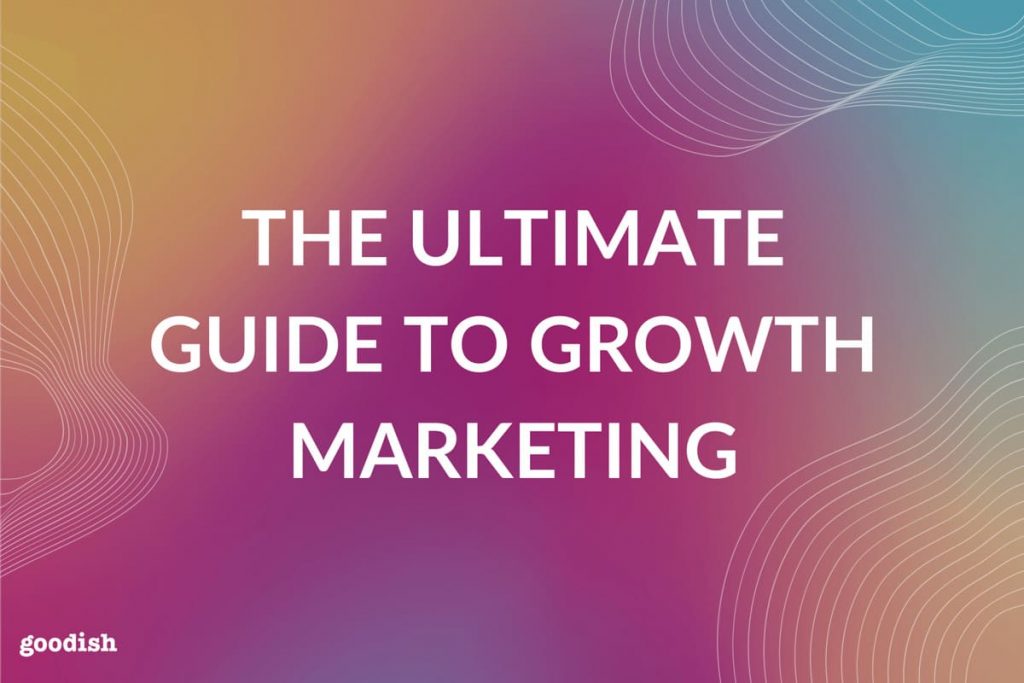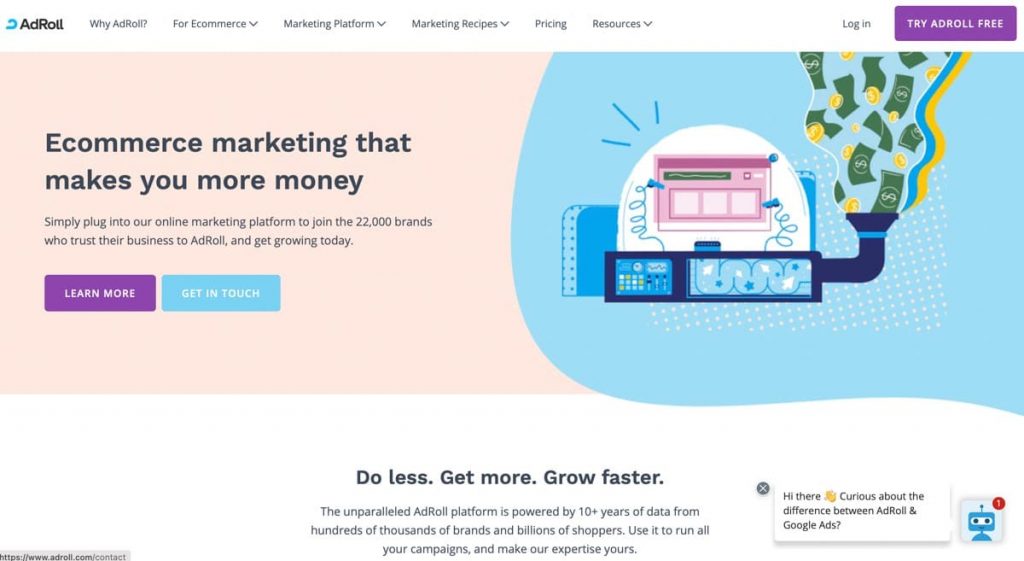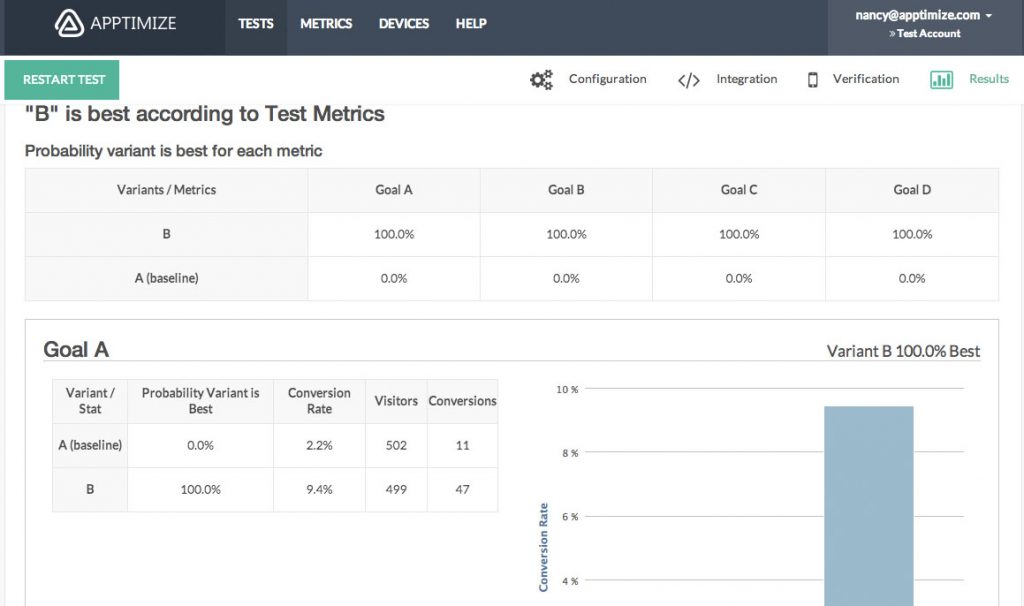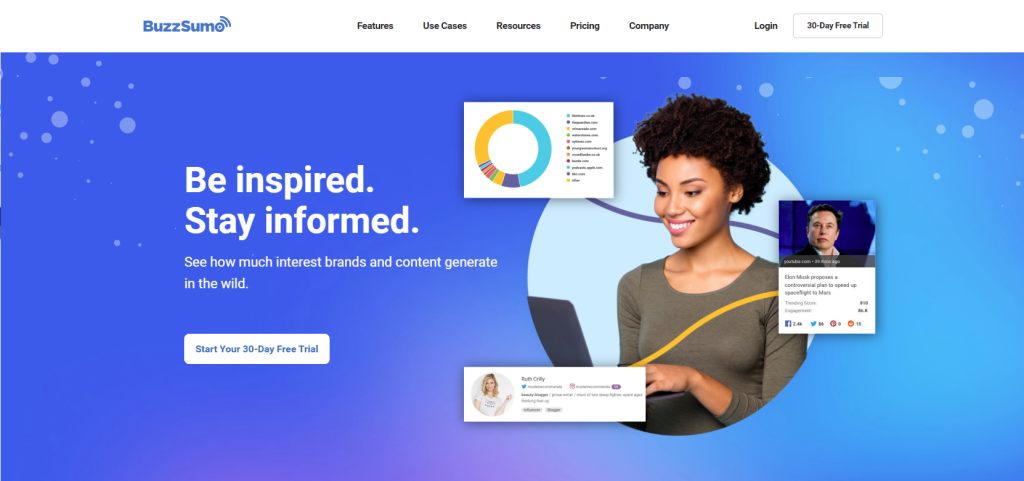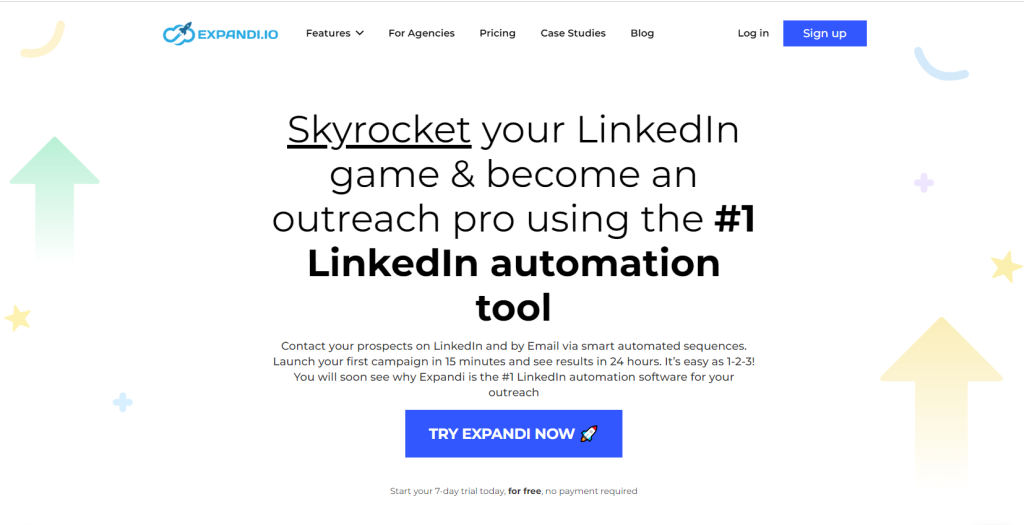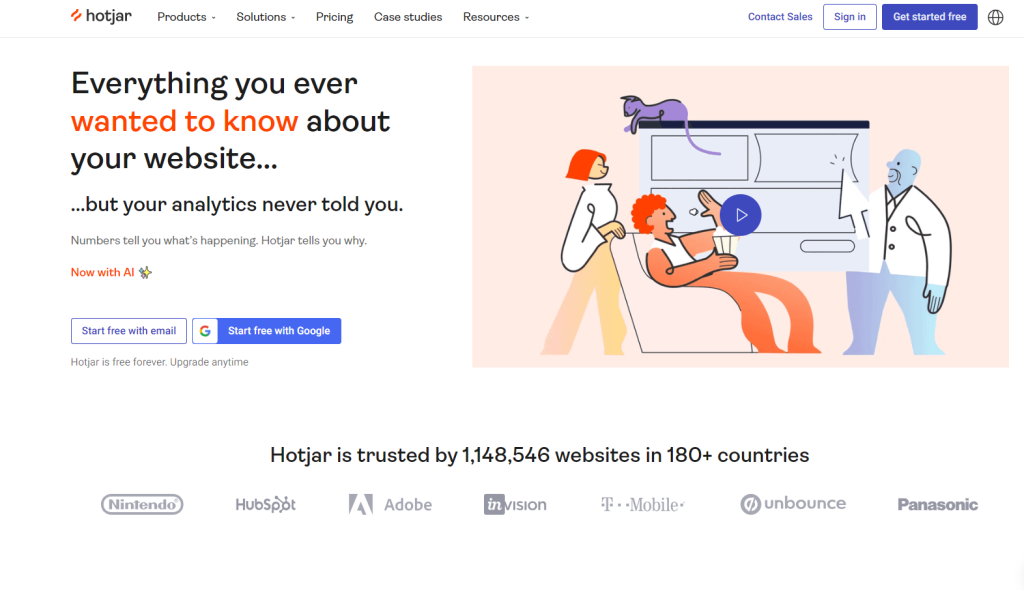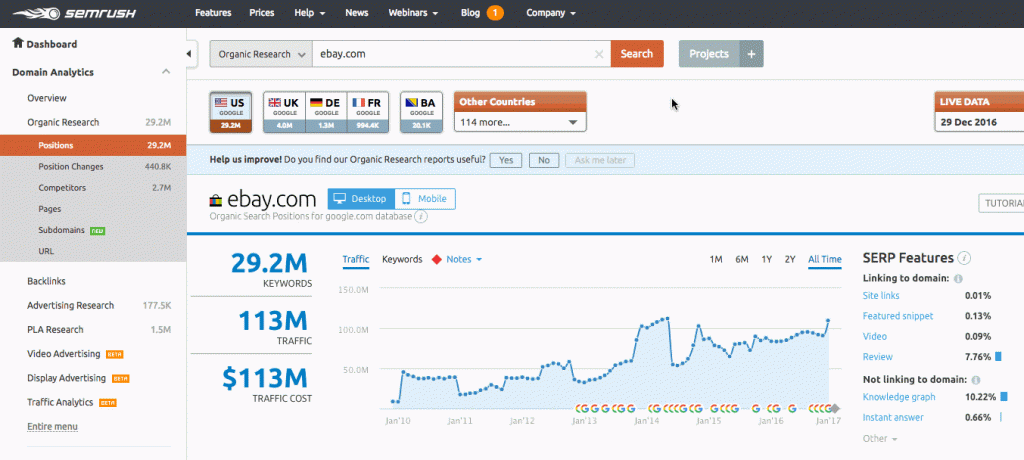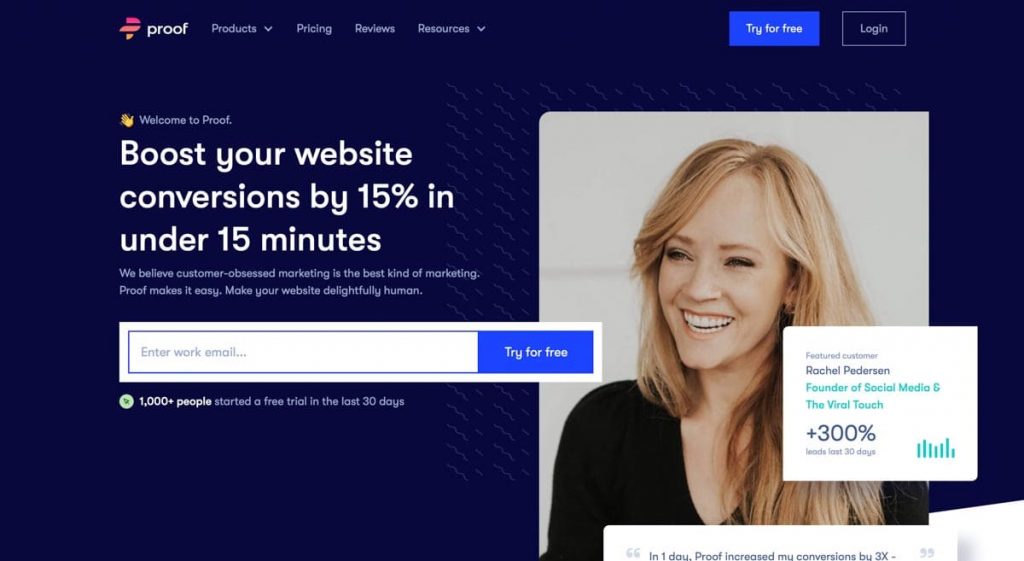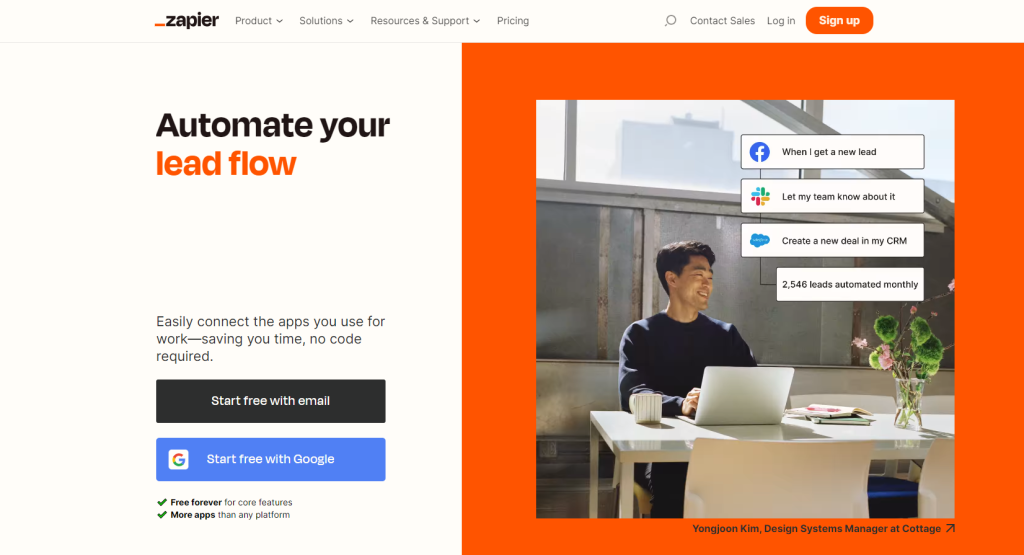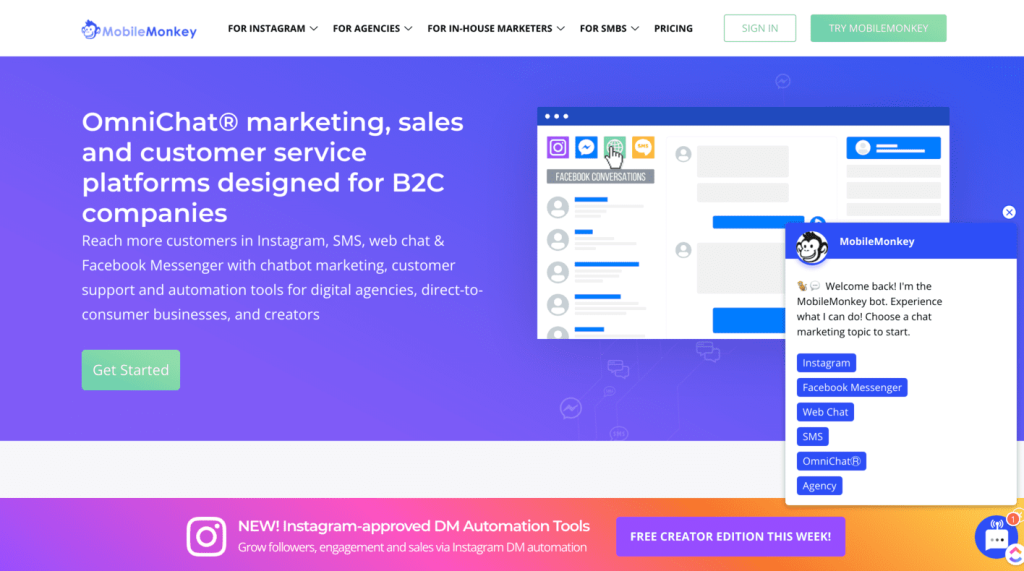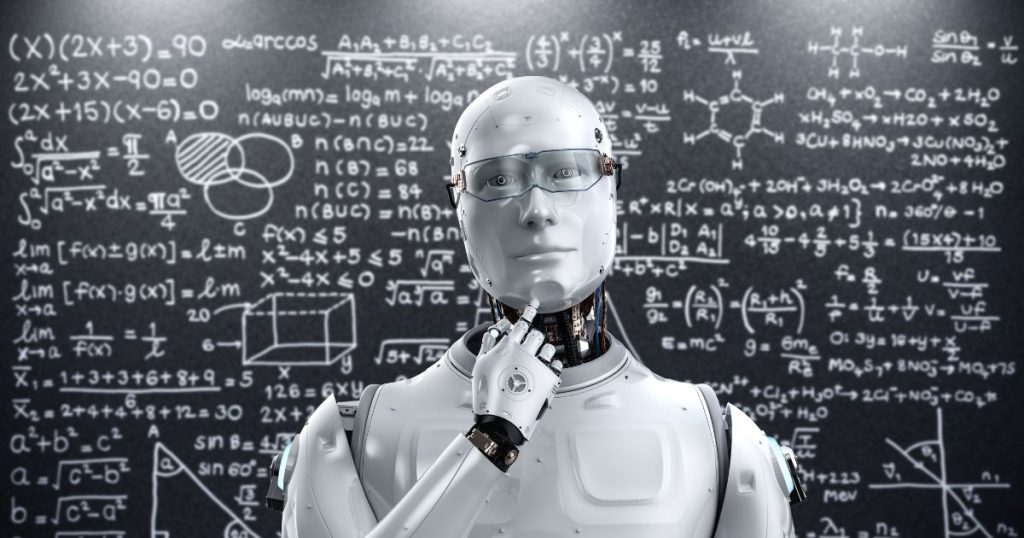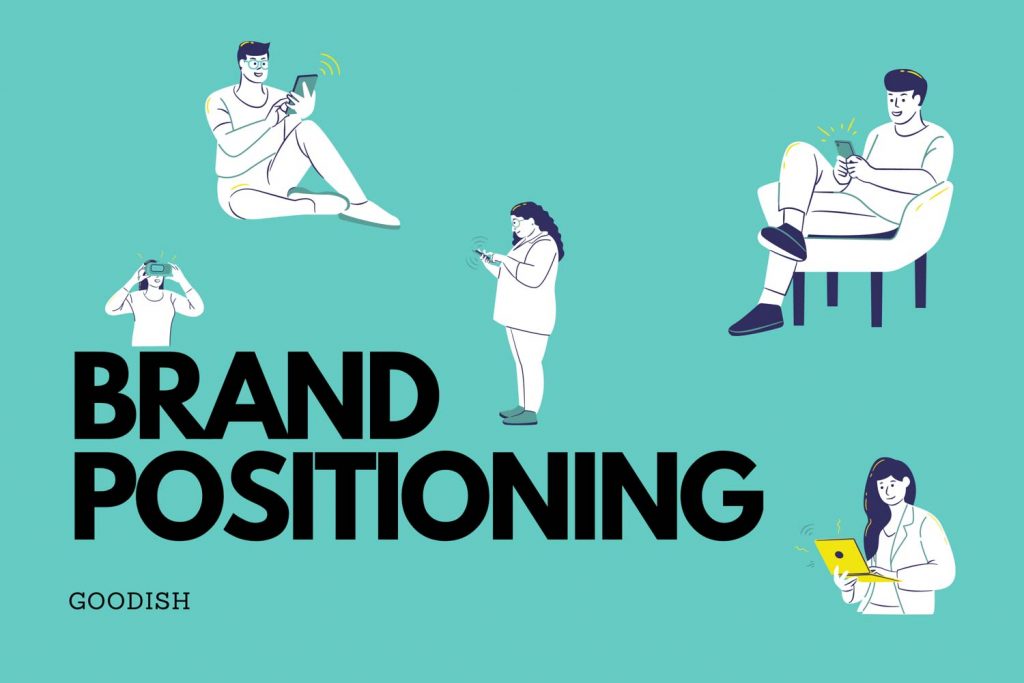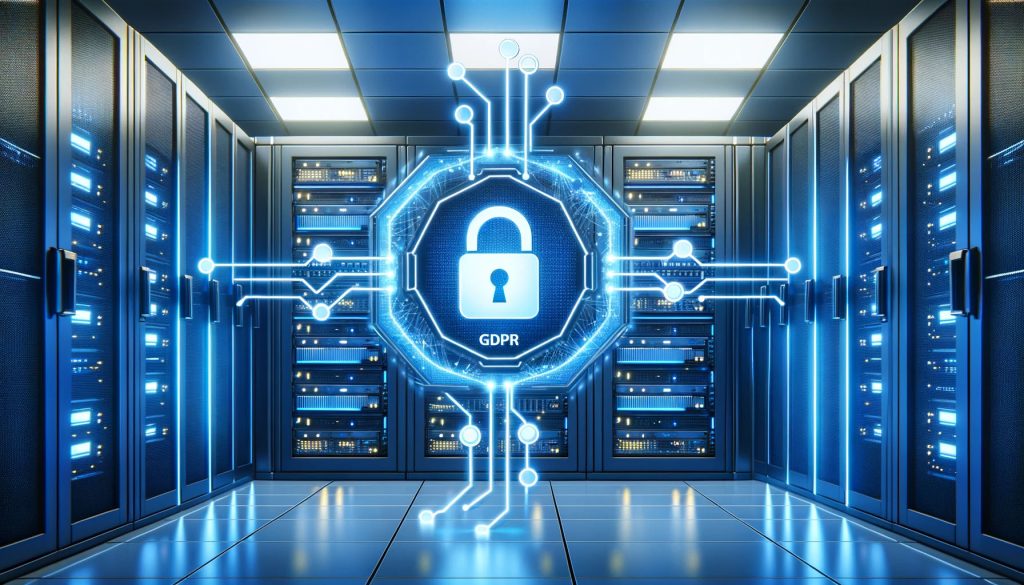Growth Marketing is undoubtedly a key term in the business lexicon of 2023. But what does growth marketing entail, and why is it making significant strides for numerous SaaS, eCommerce, and FinTech companies in this dynamic era? This article aims to demystify the comprehensive scope of growth marketing, provide a suite of tools that can be leveraged for any website, and assist you in creating a holistic view, enabling you to craft a robust growth marketing strategy for your brand. As we navigate the evolving landscape of 2023, understanding and harnessing the power of growth marketing becomes crucial for businesses aiming to stay ahead of the curve.
What is Growth Marketing?
Growth Marketing is a strategy designed to address your entire sales funnel – it’s a data-driven and creative approach to attracting, engaging, and retaining customers. One of the essential pillars of growth marketing is relentless testing and experimentation to optimize the target at hand – ie. growing an emailing list, increasing landing page conversions, or reducing the bounce rate.
Growth marketing strategy focuses on fostering brand loyalty and building long-lasting relationships with their customers. Authenticity and engagement that lead to advocacy and organic growth are key.
Goodish Agency Tweet
A growth marketer or growth marketing agency recognize that there are 3 layers to any experimentation:
- How does the subject at hand ( ie. landing page, Facebook ad, or email campaign) affect your conversion rates?
- What’s the right offer or message – how can you deliver your message and UVP best?
- How can the message be personalized based on the specific customer persona, leading to a higher retention rate?
Growth Marketing vs. Growth Hacking
Although growth marketing and growth hacking are oftentimes used interchangeably, these are in fact two different digital marketing strategies. Growth marketing is a long-term, all-encompassing strategy of growing an audience relatively fast while testing different channels, optimizing messaging, etc.
Growth hacking, on the other hand, is more instantaneous. It basically means finding a unique strategy or tactic for acquiring traffic/customers at a very low cost per acquisition/conversion in a short amount of time. It entails new-found tricks leading to revenue growth that typically yield short-term results. Why only short-term you ask? As soon as a growth hacking strategy works, it’s quickly learned by others in the business, making it mainstream and therefore, less efficient.

Growth Marketing & digital hyper-personalization
As opposed to the traditional marketing approach which focuses on the awareness and acquisition stage of the sales funnel, a growth marketing strategy won’t stop there. It looks at all stages of the funnel, also including activation, retention, revenue, and referral stage while emphasizing hyper-personalized messaging.
Digital personalization essentially works in 2 main steps:
- Use behavior data to find the true value – start with grouping people based on their behavior and needs
- Listen & respond – customers provide signals that indicate their needs such as online browsing, purchases, and social media engagement. The company should respond to these signals by sending personalized trigger messages to the customer. Pro tip: it typically takes companies 4-5 tries to reach the ideal copy for their trigger message.
This hyper-personalized approach to marketing has lead to a big shift in digital marketing. Instead of the company focusing on selling their product while monitoring their audience, in growth marketing, the emphasis is on delivering valuable customer experiences. This entails seeking new ways of adding value to each customer journey.
Hyper-personalization shows great results such as cutting the acquisition cost by as much as 50%, increasing revenue by up to 15%, and increasing the efficiency of marketing spend by up to 30%.
Read more about how to build a customer persona.
Common growth marketing strategies
Customer lifecycle
The customer lifecycle refers to the stages a customer goes through in their relationship with a business. Understanding this lifecycle can help businesses target their marketing efforts more effectively and nurture customers to maximize retention and profitability. The typical stages of a costumer lifecycle are:
Awareness (the potential customer first becomes aware of your business, products, or services),
Consideration (once customers are aware of your brand, they start considering whether your product or service can meet their needs),
Puchase (a potential customer decides to buy your product or service),
Retention (the focus is keeping the customer satisfied),
Loyalty (if customers are happy with their experience) and
Advocacy (the final stage).
SEARCH ENGINE OPTIMIZATION (SEO)
Optimizing your website and content to rank higher in search engine results pages can increase visibility and attract more organic traffic. And while the goal of SEO remains the same — to boost your presence in relevant search results — the tactics for getting there look different from year to year.
seo trends in 2023
Voice search is a growing trend. To adapt, optimize your content for mobile devices, as most voice searches are conducted on such devices, and Google favors mobile-friendly, fast sites.
Ever been lured by an irresistible headline? Studies show there’s a science behind this, with emotional headlines driving more clicks. Positive and negative sentiment titles have a 7.4% and 7.2% higher click-through rate respectively, compared to neutral ones.
“People Also Ask” (PAA) boxes are becoming increasingly common on Google. To increase the likelihood of your content appearing in these boxes, incorporate questions and answers related to your topic.

Content generated by AI
Despite Google’s attempts to prioritize human-written content with its updates, these tools can still be quite beneficial. The key is not to rely solely on AI for content creation, but rather use it to enhance and expedite the process.
Featured Snippets and Zero-Click Results
Featured snippets and zero-click results are increasingly prevalent in search results. About 12.29% of search queries display featured snippets, while two-thirds of Google searches end without a click.
To compete in this zero-click search environment, it’s essential to optimize your content for featured snippets, with using relevant keywords, including primary and related ones, while also limiting the content to 40-60 words and using a “what is” header.
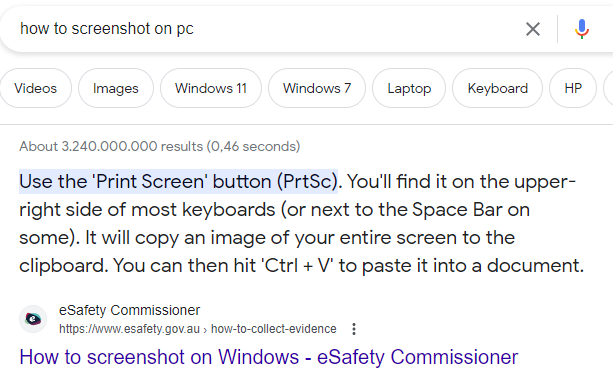
Cross-channel marketing
Cross-channel marketing integrates marketing efforts across multiple channels to deliver a seamless customer experience. It involves leveraging various online and offline channels to engage customers with consistent messaging. The goal is to create a cohesive, personalized experience regardless of the channel used. Key aspects include consistency, personalization, integration, journey mapping, and analytics. Cross-channel marketing enhances engagement, builds relationships, improves conversions, and drives business growth.
A/B testing
A/B testing is a key practice in growth marketing. It involves comparing two versions (A and B) of a webpage, ad, or other element to determine which performs better in achieving a specific goal. By splitting the audience and measuring metrics, marketers can make data-driven decisions to optimize campaigns and improve user experience.
Referral programs
A referral program is a strategy where a company engages its supporters or fans and encourages them to spread the word about the company to their friends and family.
Referral programs serve as a powerful social proof and are a great way of attaining new customers. Based on research by Nielsen, 83% of people trust the recommendations they receive from their friends and family over any other marketing approach. So definitely a strategy that you’ll want to familiarise yourself with!
Typically, the program will provide a convenient and reliable way for these supporters to share their endorsement, will accurately measure the effectiveness of the referral, and will offer a reward for each confirmed referral.
Examples of successful referral programs include those by Dropbox, Uber, and Airbnb.
DIFFERENCE BETWEEN TRADITIONAL AND GROWTH MARKETING
Growth marketing and traditional marketing are both ways to promote a business, but they have different focuses.
Traditional marketing is more about getting the word out and building brand awareness. It often involves methods like TV and radio ads, billboards, and print advertising.
Growth marketing, on the other hand, focuses on the entire customer journey, from the first point of contact through to customer retention. It uses data and experimentation to optimize every step of that journey, often leveraging digital channels, and aims to foster long-term customer relationships.

Measuring your growth marketing goals
Obviously, the metrics you’ll want to use to measure your success depend on your goal.
Get more traffic to your website – you’ll want to take a look at the growth of your organic, paid, and referral traffic, as well as other onsite metrics such as the bounce rate, etc.
Get more leads and conversions – take a look at your website and landing page conversion rates, your email or blog subscribers, etc.
Retain Customers – reducing churn rate or rate of losing your customers by recognizing risks, offering incentives, targeting the right audience, etc. Another metric of this would be managing to increase the average order value, increasing lifetime value, etc.
What does it take to be a growth marketer?
Thinking about a career in growth marketing? A growth marketer should have:
- Analytics capabilities – enabling them to make data-driven decisions
- Channel-specific expertise – knowing which channels should you focus on and with what message
- A creative bone – good at coming up with fresh ideas on the spot
- Good storytelling skills – a well-thought-out copy can make a big difference in your campaign performance
- Strategic thinking & cross-functional managerial experience – facilitating the execution of the marketing strategy/tactic at hand.
If you’re looking for a growth marketing course, we’d recommend watching the CXL course on growth marketing with John McBride, who has growth marketing experience working for companies such as Lyft and Calm.
Key trends in the growth market for 2023
Managing Digital Expectations: As businesses continue to embrace digital transformation, managing digital expectations becomes a critical task. This involves not only understanding the needs and wants of customers in the digital space but also delivering on those expectations. Companies are investing in technologies and strategies that allow them to better understand their customers, personalize their experiences, and meet their expectations in real-time.
Inflation and Supply Chain Security: With the global economy still recovering from the impacts of the COVID-19 pandemic, inflation and supply chain security have become significant concerns for businesses. Companies are focusing on strategies to mitigate the impacts of inflation and ensure the security of their supply chains, including diversifying their supplier base, investing in supply chain technologies, and building more resilient business models.
Sustainability: Sustainability is no longer a buzzword but a business imperative. Companies are expected to focus on sustainable practices and products, driven by increasing consumer demand for sustainability, regulatory pressures, and the recognition that sustainable business practices can drive innovation and competitive advantage. This includes everything from reducing carbon emissions and waste to investing in renewable energy and sustainable product design.
Immersive Customer Experience: In an increasingly digital world, businesses are focusing on providing immersive customer experiences. This involves using technologies like virtual reality (VR) and augmented reality (AR) to create immersive digital experiences that engage customers in new and exciting ways. These technologies are being used in everything from retail and real estate to education and healthcare, transforming the way businesses interact with their customers.
Return to In-Person Events: As the world continues to recover from the COVID-19 pandemic, there is expected to be a return to in-person events. This includes everything from trade shows and conferences to networking events and product launches. While virtual events have become a mainstay due to the pandemic, the value of face-to-face interactions and the experience of physical events are expected to drive a resurgence of in-person events in 2023.
5G Growth: The growth of 5G technology is expected to have significant impacts on businesses, particularly in the telecommunications sector. 5G offers faster speeds, lower latency, and the ability to connect more devices at once, opening up new opportunities for businesses. This includes everything from enhanced mobile experiences and IoT applications to new opportunities in areas like virtual reality, autonomous vehicles, and smart cities.
14 useful growth marketing tools that you should know about:
1. Adroll
Track the people who visit your site and retarget them with multi-channel personalized marketing.
2. Amplitude
This analytics tool helps you to understand your user data to make better decisions for optimizing your site.
3. Apptimize
Simple A/B testing for your mobile app as well as tracking the user through their journey and across all channels.
4. Buzzsumo
Analyze the social shares of any URL content, find trending content ideas, and discover influencers in the industry.
5. Expandi
This LinkedIn automation tool is perfect for B2B marketing.
6. Hotjar
This heat map is a great tool for understanding the actions and needs of your web visitor.
7. Leadpages
Build customized landing pages, sale/newsletter pop-ups, etc.
8. Semrush
From a site audit, keyword planner, to a ranking tracker, Semrush is a great solution for your SEO needs
9. Proof
Increase conversions by utilizing the element of social proof to your brand.
10. Zapier
This is the perfect integration tool for automating workflows.
11. MobileMonkey
MobileMonkey is a perfect omnichannel messaging chatbot tool ideal for B2C companies.
Looking for a growth marketing agency to step in, analyze your data, and start implementing mind-blowing solutions for your website? Our driven team of highly qualified experts makes Goodish the ideal growth marketing agency. Don’t hesitate to get in touch as well be happy to help!
12. Google optimize
Google Optimize is a free and popular A/B testing tool. It competes well with expensive options and is great for beginners. It helps improve conversion rates by running various experiments. You can run up to five tests for free.
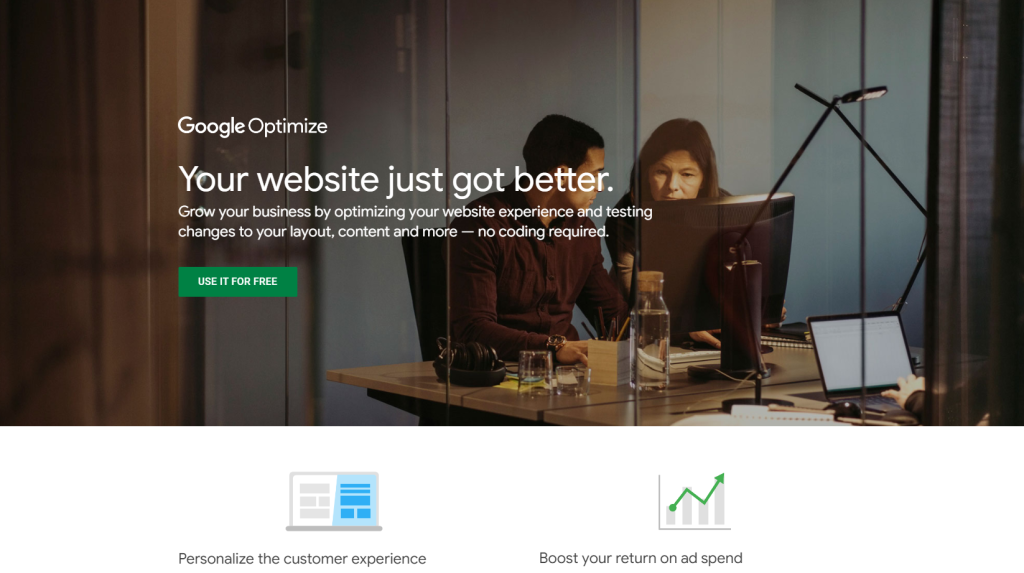
13. Storylane
Storylane enables marketing and sales teams to create and share interactive product demos in just 10 minutes. No coding or engineering help is needed.

14. Hockeystack
HockeyStack is a powerful analytics and attribution tool primarily designed for B2B companies. It tracks the entire customer journey and allows you to visualize it with no code. It connects your ads, website, and CRM platforms to provide a unified view of your marketing, sales, revenue, and product data.



